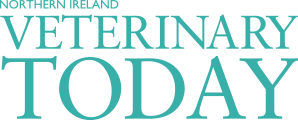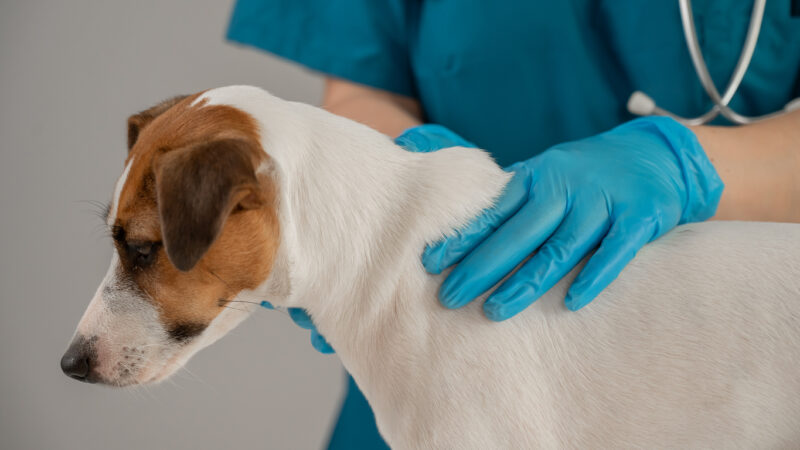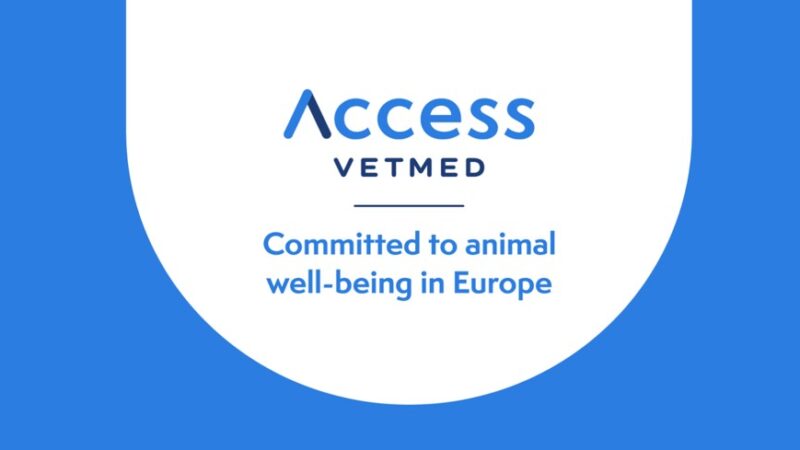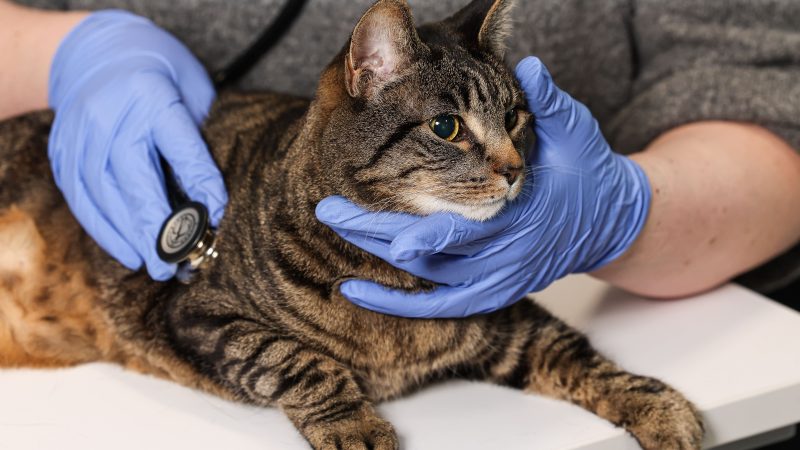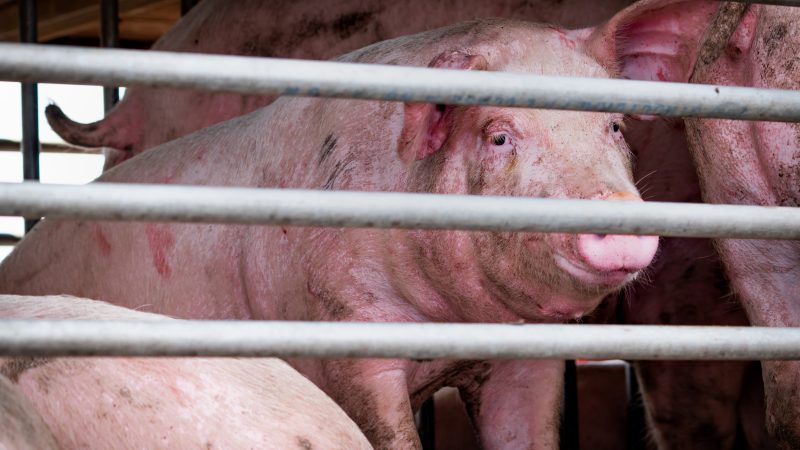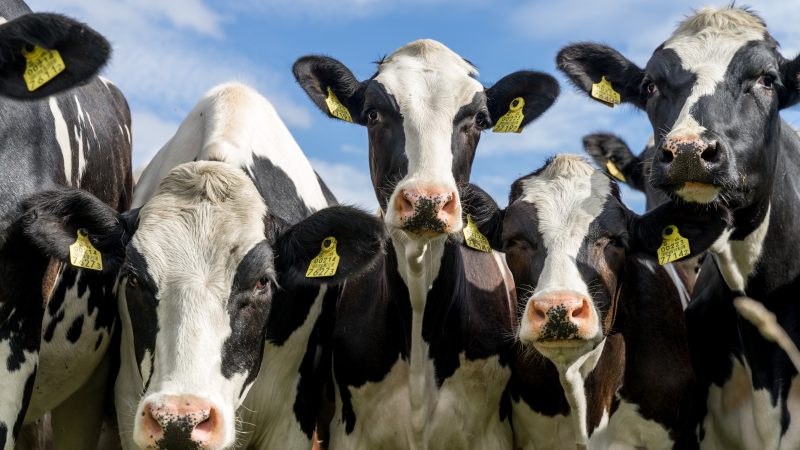Call for caution in BVD Positive herds – AHWNI
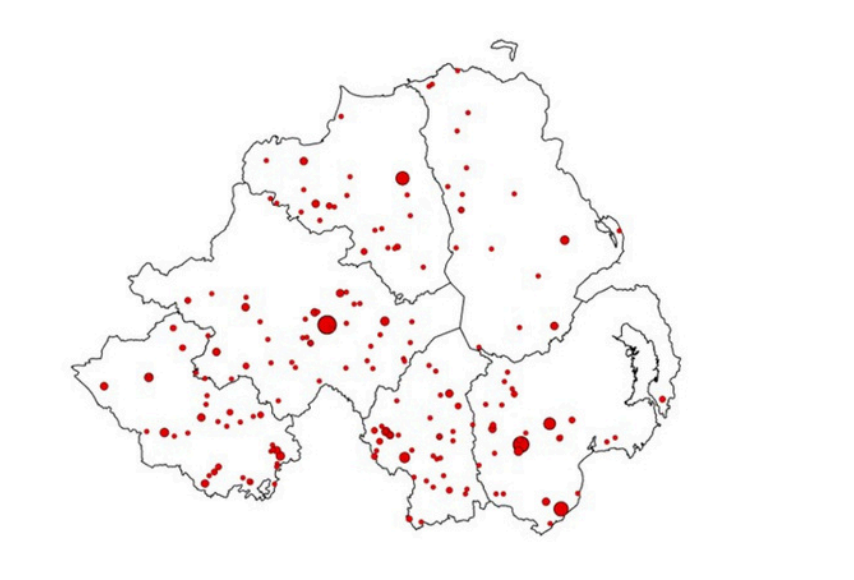
In the NI BVD Programme, approximately 300 BVD Positive results were disclosed between April and June this year in over 180 herds
NI Animal Health and Welfare NI (AHWNI) has produced a map displaying the approximate locations of these BVD Positive animals (each dot does not precisely match to each infected herd). From the map it appears that there is clustering of BVD infection in some areas. Where BVD Positive calves are not culled promptly, the BVD virus can continue to circulate in the herd. Virus circulation presents a risk to cattle in the breakdown herd, but also to cattle in neighbouring herds and to herds purchasing animals (particularly pregnant stock) from the breakdown herd.
Due to these biosecurity concerns, AHWNI urges farmers with BVD infection present in their herds to be especially careful to contain and stamp out the virus. Herd level statuses for BVD are not currently available on NIFAIS; only individual animal statuses are displayed. When purchasing cattle, it is advisable to enquire whether BVD Positive cattle have been present in the seller’s herd within the last year, so that an informed decision may be made about whether to purchase or not.
At the start of August 2024, over 17,000 NI herds met the following criteria for BVD Low-Risk herd
status:
1. All cattle in the herd and associated herds over 5 weeks of age have a BVD Negative status
(applied directly or indirectly)
2. No BVD Positive animals have been identified in the herd in the preceding 12 months.
The longer a herd has been BVD-free, the lower the risk to the purchasing herd. There is a risk that
cattle moving out of a BVD breakdown herd could be Transiently Infected with BVD, that they could
be ‘Trojan’ animals (that is, carrying a BVD infected calf) or that they could physically be carrying
BVD contaminated material. In the future, the BVD Implementation Group hopes that herd restrictions
will be put in place on any herd that retains BVD Positive cattle.
For herds that have had BVD Positive cattle present in the last year, it is advisable not to sell livestock
for a minimum of 3 weeks after the last BVD Positive animal has been culled. It is recommended that
all animals with a BVDU (BVD Unknown) status or that do not have any BVD status are tested, either
by using a supplementary ear tissue tag or by getting a veterinary practitioner to take a blood
sample.
If it is necessary to purchase pregnant animals, then it is best to buy a minimum number of animals
from a minimum number of herds. There are no laboratory tests available that will identify Trojan
dams, however pre-purchase blood tests for antibodies to the BVD virus may be carried out to
provide additional information (as an animal that has negative results to both virus and antibody
tests is unlikely to be a Trojan).
Call for caution in BVD Positive herds – AHWNI
Opportunities for contact or mixing of pregnant stock with cattle of unknown status during purchase
and transport should be minimised as much as possible, and pregnant stock should be quarantined
on arrival and kept away from the main herd until they have calved and the calves have been tested
with negative results.
